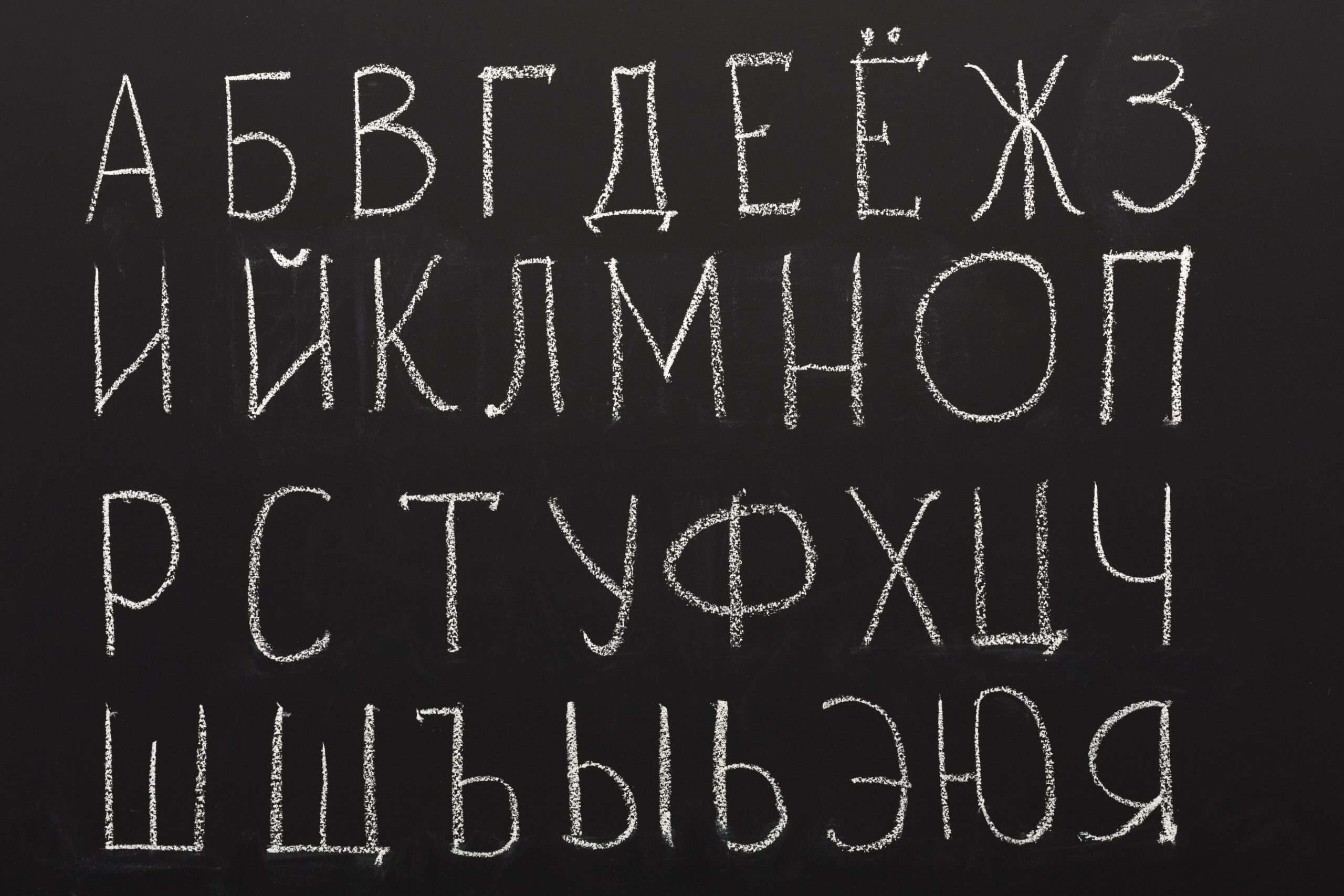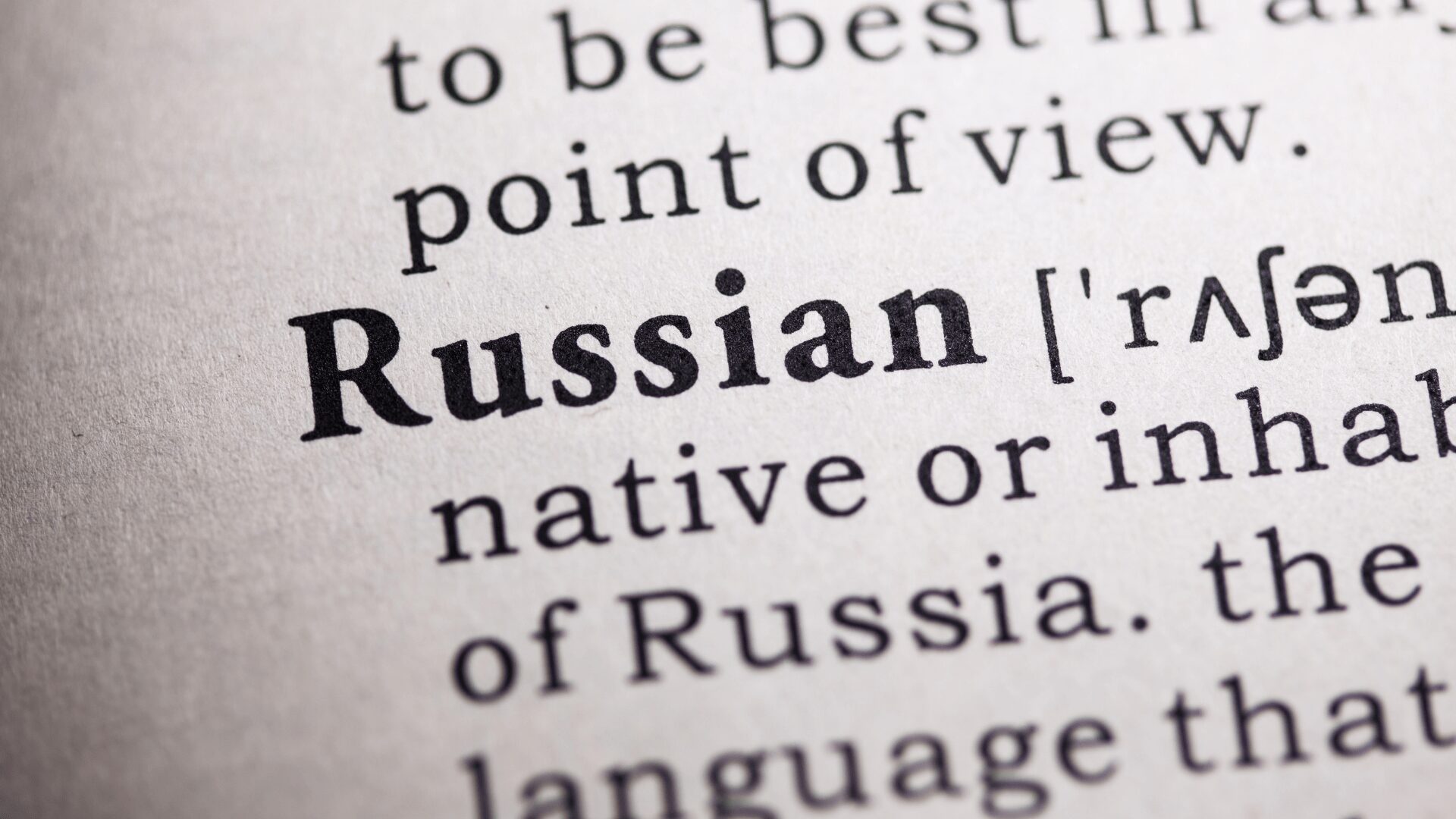Despite the fall of the Berlin Wall in 1989 and the rapid disintegration and “independence” of the countries affiliated with the Soviet Union, Russian is still spoken by more than 250 million people in 18 countries around the world. Russian is generally known as one of the most complicated languages to learn and to translate. One of the greatest challenges when learning Russian is undoubtedly the Cyrillic alphabet. The Cyrillic alphabet, which dates back to the 9th century, consists of 33 unique characters. Although the Cyrillic alphabet has changed and been simplified over the centuries, it can still be intimidating, especially for those who use the Latin alphabet. Although this simplification process, called ‘Latinization’, adapts certain characters to the Latin alphabet, the sound characteristics of the characters are entirely different from each other. For example, the letter ‘E’ in the Cyrillic alphabet looks the same as ‘E’ in the Latin alphabet, but it is actually the equivalent of the character ‘Є’ and represents a sound between I-E. These unique readings of the Cyrillic alphabet also come into play when translating. To adapt the Cyrillic alphabet to Turkish, it is necessary not only to have a good command of these two languages but also to have the skill of translation. Learning the Cyrillic alphabet in detail is one of the first steps to comprehending Russian linguistics and translation successfully.
Using a Russian Keyboard
It will be beneficial to use a Russian keyboard when translating or trying to learn Russian. Since the Cyrillic alphabet consists of different characters than what we are used to, the Latin alphabet keyboard can create difficulties in the translation and learning process as it is nearly impossible to type Russian texts with one. You can buy a physical Russian keyboard or download a virtual one to your computer. add a Russian keyboard to smartphones. This will help you get used to the Cyrillic alphabet faster and make it easier to practice translation on a smaller scale. We recommend that those who want to fully grasp the Russian language improve themselves not only with a keyboard but also with handwriting exercises.

Things to Consider When Getting Russian Translation Service
We mentioned that the Cyrillic alphabet is very important when learning Russian and translating into or from Russian. So, what should you pay attention to in Russian translation services? First of all, if the target language of the texts or documents you want to translate is Russian, it will be to your advantage if the professional translation company or team you work with has native Russian speakers. To avoid difficulties with Russian translation, you may prefer to choose professional companies that work with translators whose mother tongue is the target language.
Russian translation services are requested extensively for the following documents, which are usually related to business and marriage purposes:
- Business Agreements
- Medical reports
- Passports
- Education Degrees
- Birth Certificates
- Residence Documents
- Power of Attorney
- Identification
- Certificate of Celibacy
- Family Registry
- Tax Office Documents

